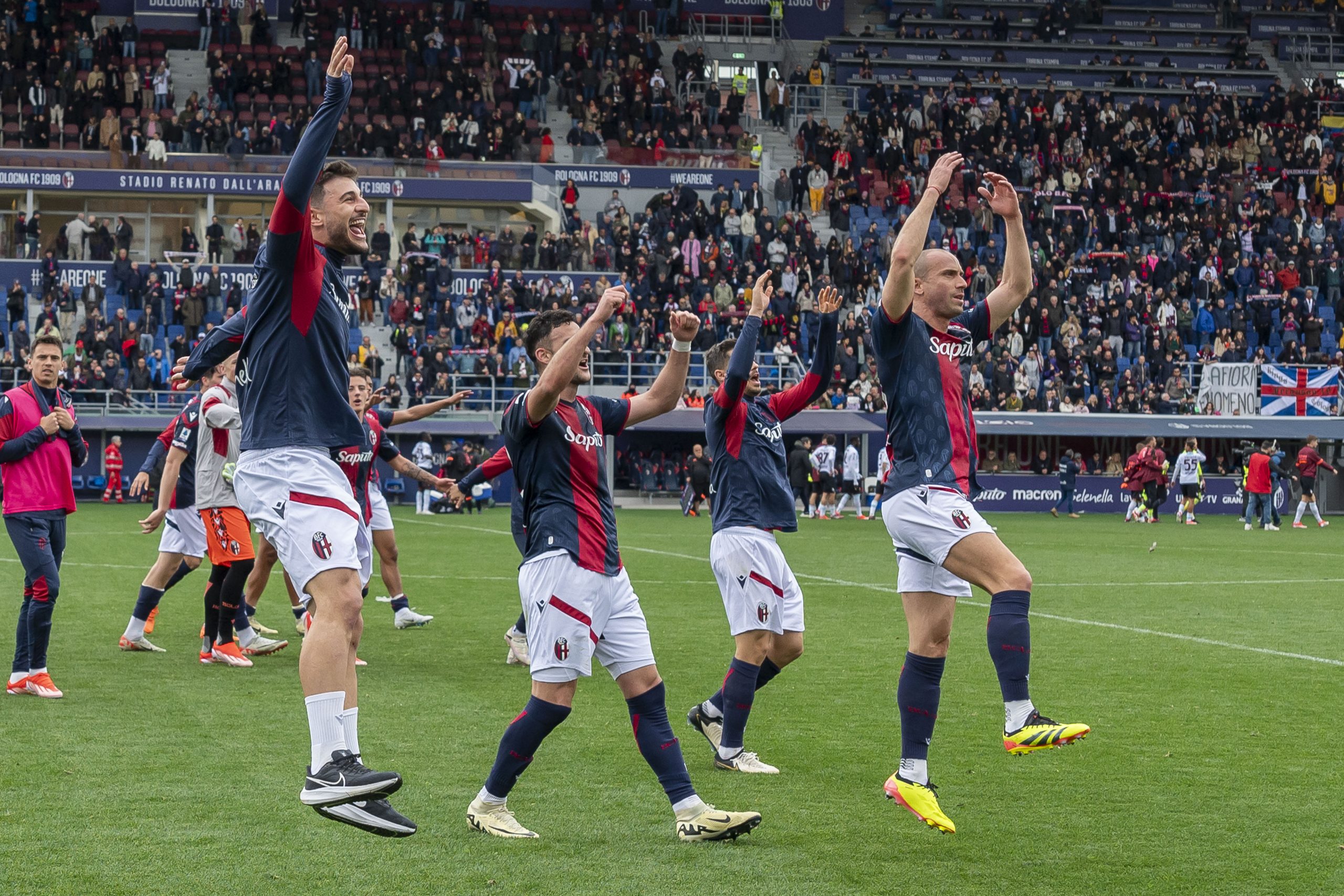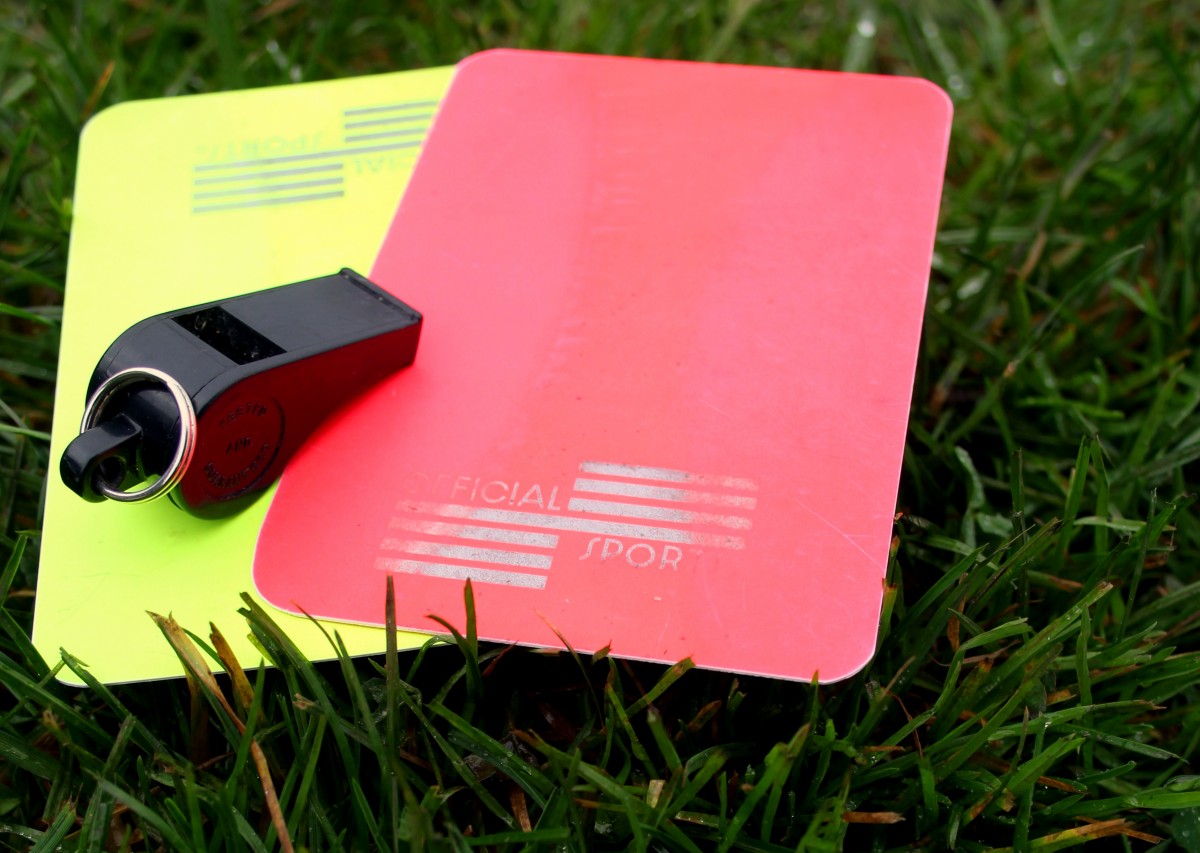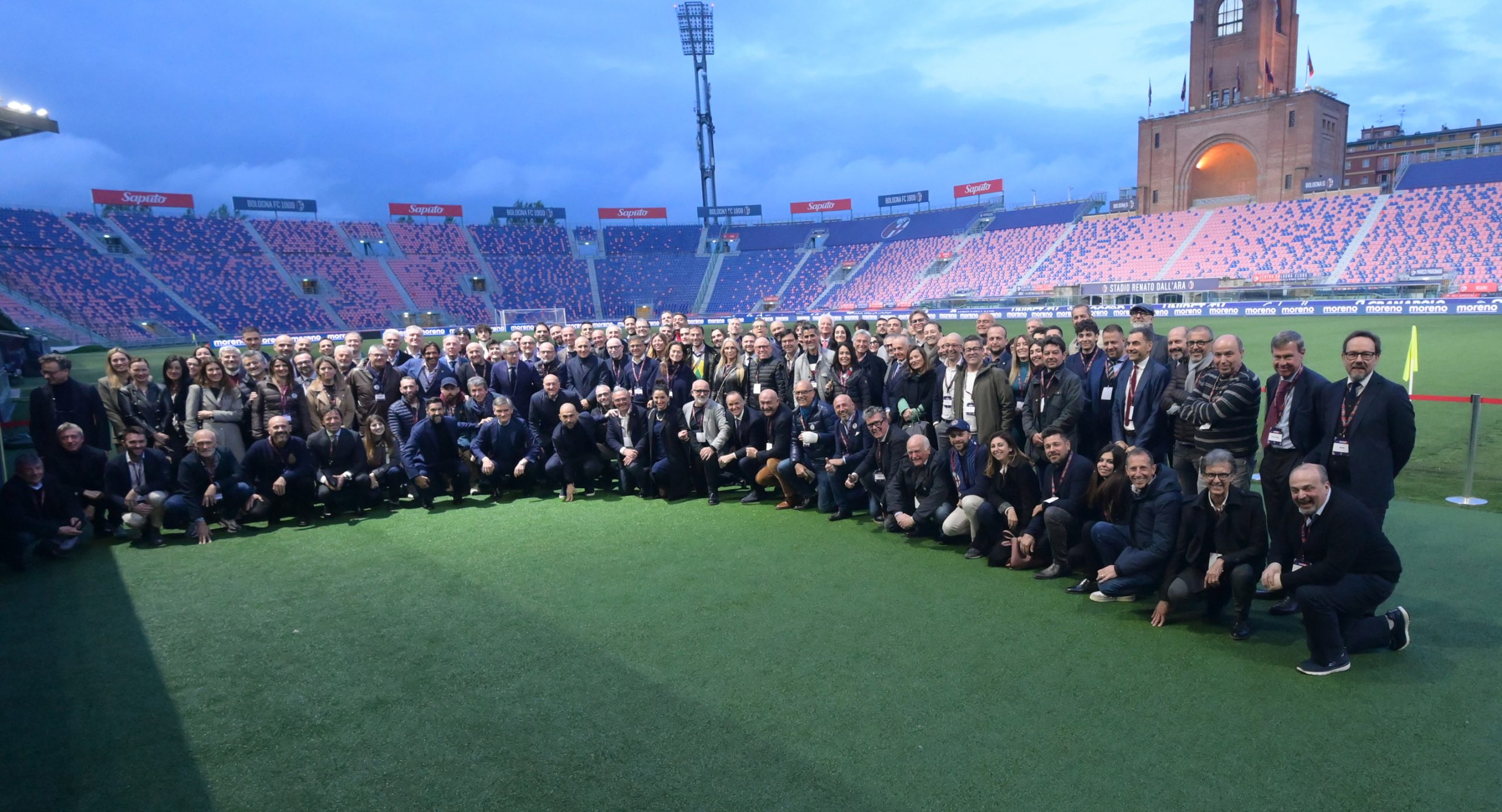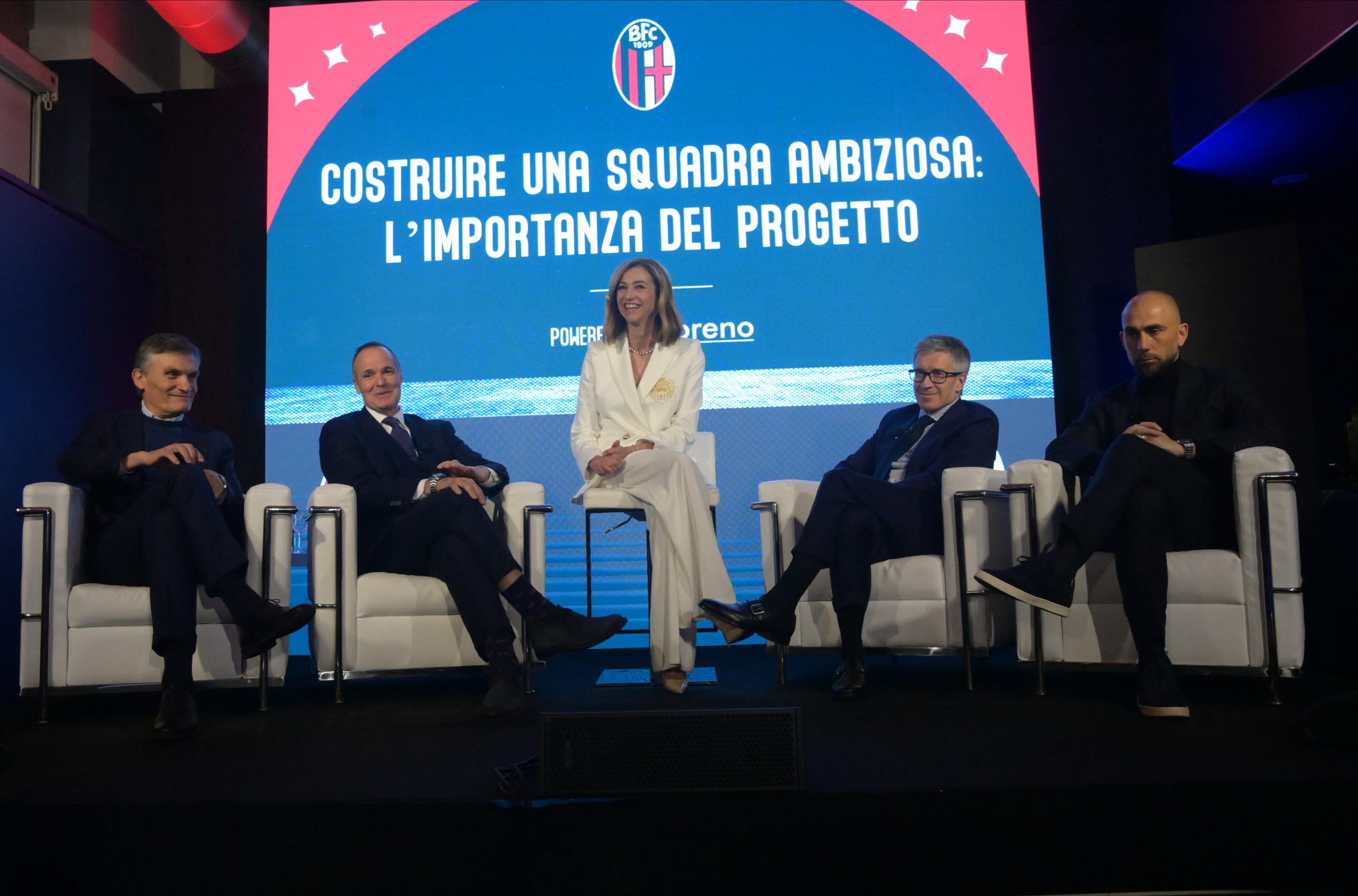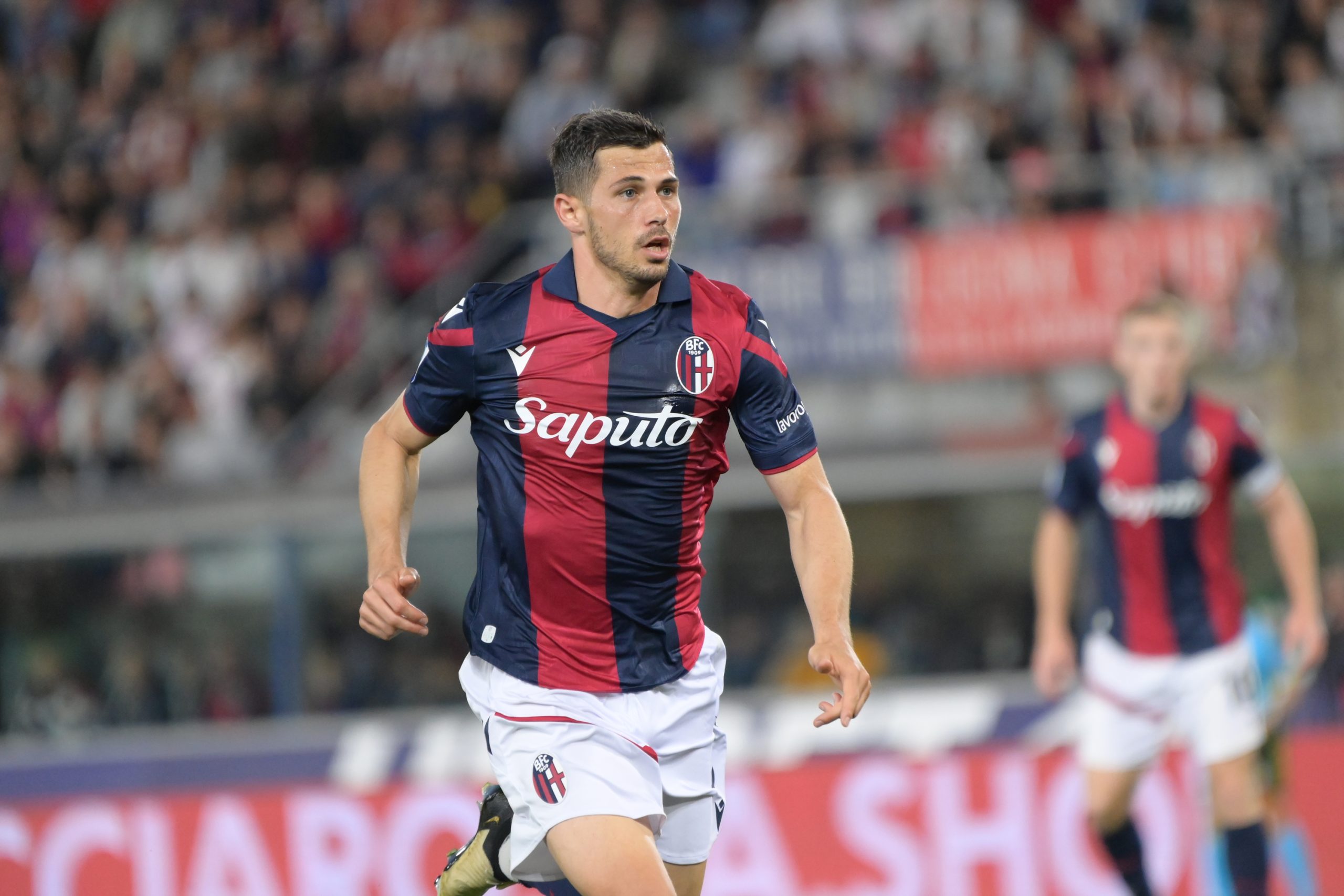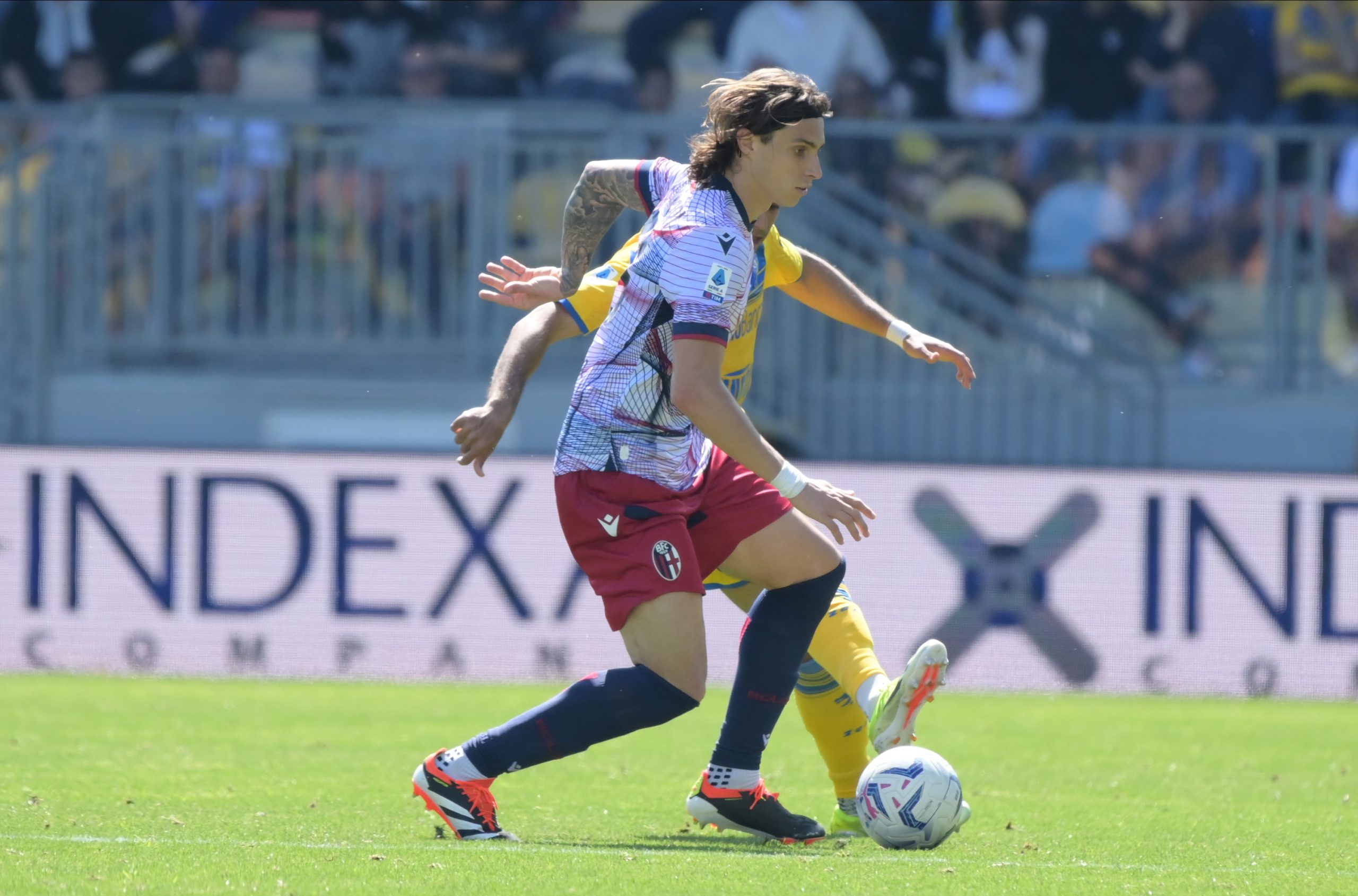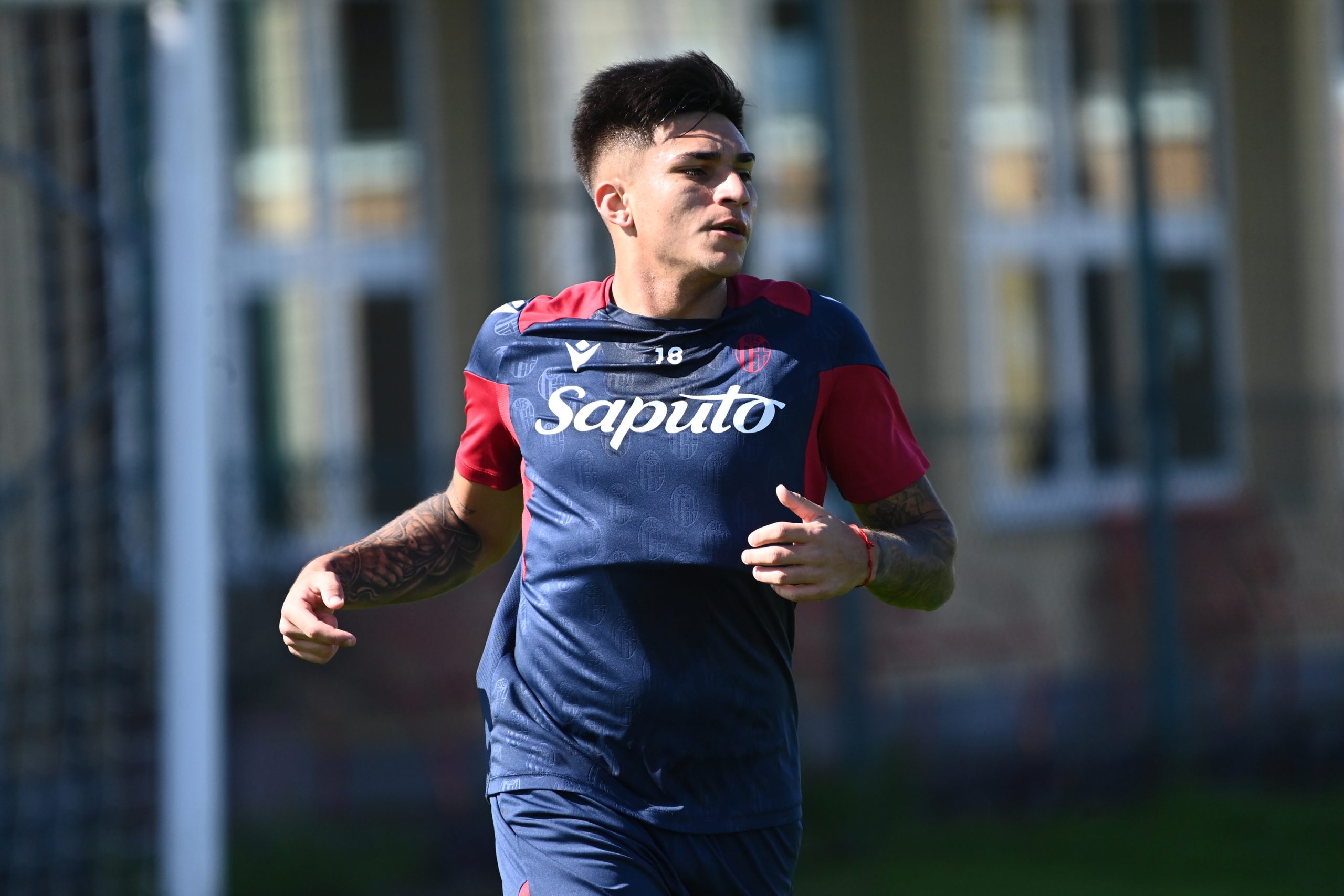RENATO DALL’ARA
THE HOME OF BOLOGNA FOOTBALL CLUB 1909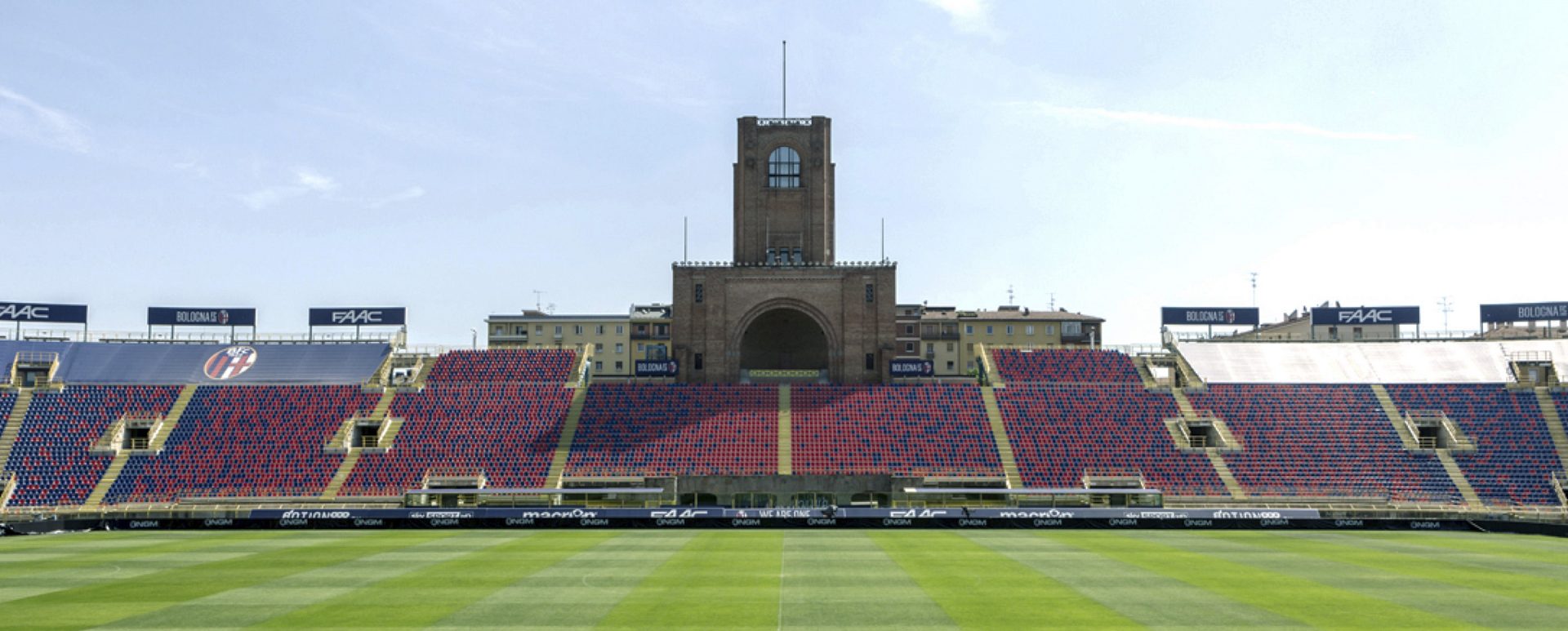
HOW TO GET THERE
The Renato Dall’Ara stadium is located in the heart of the city, in the Costa Saragozza district. The stadiums is 3 kms away from the town centre, 3.5 kms from Bologna’s train station and 7 kms from the Guglielmo Marconi international airport.
Via Andrea Costa 174, 40134 Bologna. Phone +39 051 6142215
BY TRAIN:
A shuttle service has been introduced between Bologna’s train station and the stadium for the away fans.
BY CAR:
- From the A1 motorway (Milan-Naples) exit the motorway at Bologna Casalecchio.
- From the A14 motorway (Bologna-Taranto) follow signs for Florence and exit the motorway at Bologna Casalecchio.
- From the A13 motorway (Bologna-Padua) please follow signs for Florence and exit the motorway at Bologna Casalecchio; When you exit the motorway at Bologna Casalecchio, join Bologna’s ring road and take exit number 1 towards Bologna town centre and get to the Onorato Malaguti roundabout. Take the first exit again to Via Simone di Filippo dei Crocefissi, then Via Caravaggio, until you reach a set of traffic lights. Turn left onto Via Don Luigi Sturzo and continue until you reach the intersection with Via Porrettana.
BY PLANE:
Take the BLQ bus shuttle service from the Guglielmo Marconi to Bologna’s train station, then take bus number 77 and get off at the Montefiorino stop.
AWAY FANS – WHERE TO PARK:
The away fans’ gate at the San Luca stands is located in Via Menabue, a cross street of Via Porrettana).
The gates will open two hours before kick-off. The away fans car park is located in Via Porrettana and Via Don Luigi Sturzo.
VIRTUAL TOUR
EMOTIONS AT 360°
THE HISTORY OF DALL'ARA STADIUM
READ CLOSECaprara fields, the Cesoia ground and the Sterlino
Bologna’s first pitch, used for both training and matches, was constructed on the vast Piazza d’Armi square in the Prati di Caprara fields. The area, near the Porta San Felice, is now home to one of the city’s hospitals. The goals were only temporary and had to be put up and taken down as required and it was in these slightly unusual surroundings that Bologna won the Emilia Romagna Championship in 1910. However, the club was then told to leave by the landlord – the Italian government – because the local shepherd who used the field to graze his flock was unhappy with the team’s presence. Having registered for the Prima Categoria (the contemporary equivalent of Serie A) for the 1910-11 season, it became impossible to use the picturesque location to play matches so the club moved to the Cesoia.
Their new home was found on an undeveloped stretch of land along Via Massarenti, now known as Strada San Vitale, between the Via della Cesoia and Via Paolo Fabbri. Even today, the Ristorante Cesoia is situated at 90 Via Massarenti and the first floor of the same building once housed the players’ changing rooms. A picket fence marked out the edge of the playing area – now blessed with permanent goals – and, in view of the growing crowds of friends and passers by (the first fans!), a small wooden stand was constructed.
Forced to move out in 1913 because of a change in the league rules, Bologna’s players – led by President Rodolfo Minelli – found a new patch of grass on which to mark out a pitch in the Ragno district on what was Via Toscana (now Via Murri) in the shadow of the Villa Hercolani. The “Sterlino” pitch – coming from “Starlén”, the dialect name for this foothill area – was enclosed by a wooden fence accompanied by a large iron-clad stand built around a reinforced concrete core whilst an earthwork terrace was built for working-class fans. The ground hosted its first match on the 30th November 1913 following a ceremony which featured a speech by the celebrated poet Lipparini, but a few minutes after kick-off people began to notice that something wasn’t quite right: there was a slope! One goal was over one metre higher than the other.
At the end of the Great War, it was decided that the Sterlino needed to be redeveloped having been damaged during the conflict. Much larger than its predecessor, a new stand was built which was the first in Italy to have a gantry. The earthwork terrace was also modified in 1921 so that it could now hold several thousand spectators. After the death of Angelo Badini, the building was dedicated to his memory and the Sterlino set the scene for the advances which led on to Bologna’s glory years during the 1930s.
In 1927, however, Bologna moved to a magnificent new home: the “Littoriale”.
The Stadio Littoriale opens
The stadium’s name leaves little doubt as to the political motivation behind the building (“Littoriale” was synonymous with Mussolini’s government propaganda) which, appropriately enough, was sponsored by Leandro Arpinati, FIGC president and fascist mayor of Bologna. The construction of a large arena in Bologna was one of Arpinati’s major ambitions and his dream was realised between 1925 and the 29th May 1927 when the “Littoriale” opened and became the first stadium in Italy to be funded by a public body. This coincided with a real turning point in the popularity of football as a spectator sport.
Until the 1920s, even the largest sports stadiums did not easily accommodate football matches and the spectators who wanted to watch them. From 1911, Genoa was one of the few cities to possess a dedicated football stadium; in 1924, the Stadio Moretti was opened in Udine; and 1926 saw the construction of the Stadio Filadelfia in Turin and the San Siro in Milan (at that point used only by AC Milan). All of these stadia were intended only for football, as was the Stadio Testaccio which opened in Rome in 1929. Bologna’s Stadio Littoriale, on the other hand, was a multi-sport venue in keeping with fascist government policy. The pitch was surrounded by a six-lane running track and the stadium itself was surrounded by two swimming pools and four tennis courts making it a veritable sporting metropolis.
Furthermore, built on the edge of the city, the stadium’s architecture was a long way from the excessive monumentality of typical fascist buildings although it did still draw inspiration from Ancient Rome. Several subsequent stadia – many were built during this period – were inspired by the Littoriale’s architectural style and multi-sport model. Among these were the Arena Garibaldi in Pisa; the Stadio Berta in Florence; the Stadio Favorita in Palermo; the Stadio Littorio in Trieste; the Stadio Mussolini in Turin; the Stadio Cimbali in Catania; the Stadio Via Vesuvio in Naples and the Stadio Menti in Vicenza which was one of the most advanced buildings of the era. In Bologna, King Victor Emmanuel III of Italy visited to celebrate the laying of the first foundation stone of the Littoriale whilst Mussolini came to town on a white horse on the 31st October 1926. That image was immortalised in a statue dedicated to the dictator that stood between 1927 and 1943 in the apse that overlooked the stands. The walls were built from typically red Bologna brick and the arched windows helped make it an attractive building. A final peculiarity was added, in addition to the stadium being connected with the world’s longest portico (the portico di San Luca), by the construction of the Maratona Tower in the sector facing the main stand.
The Stadio Littoriale had state-of-the-art capabilities: the 50,100 capacity was enough to frighten opponents who found themselves playing both Bologna the team and Bologna the crowd. There was a capacity crowd at the first official match at the new stadium. On the 29th May 1927, a crowd of 55,000 witnessed Italy’s 2-0 win over Spain with one goal from home-town captain Della Valle. This was a record for the 1920s. Fulvio Bernardini was playing for Italy at the time and remembers how, during the match, Bologna was in complete lock down and seemed to be the scene of a great national festival. Cars came from all over the country, people from all parts poured out of trains at the station and the local bars, restaurants and hotels were all full to the brim. The success of the occasion helped the stadium get chosen as one of the host grounds for the 1934 World Cup which Italy went on to win.
New names for the stadium: “Comunale” first, then “Dall”Ara”
After the fall of the Fascist regime, the Bologna stadium was renamed as the “Stadio Comunale”. As the city kept growing, it eventually absorbed the area around the stadium, making it a busy residential district. Many rumours were spread in the sixties of a new, bigger stadium that would be built in the Borgo Panigale area, as local newspaper “Resto del Carlino” frequently wrote. However, that project had to remain a dream, and the Comunale kept its place in the heart of the city.
Three further events deserve to be mentioned: first of all, the stadium was named after legendary president Renato Dall’Ara in 1983, on the day of the 20th anniversary of his death. On the other hand, the now called Stadio Dall’Ara was fully renovated ahead of the 1990 FIFA World Cup, taking his capacity up to 38,279. Finally, on 10th May 2009, the Rossoblu fans’ stand was named after Giacomo Bulgarelli, who had died three months earlier. “Eternal Rossoblu legend” is what is engraved on a plaque in the via Andrea Costa in memory of the great Bologna FC midfielder.
A perfect pitch
The feather in Bologna’s cap is the pitch. At a time when most of the pitches are at the centre of several controversies because of their poor quality (clumps which come out of the ground, sandy pitch, waterlogged pitch, frozen pitch, insufficient quality and quantity of grass), the Stadio Dall’Ara has always been impeccable. All the matches taking place here have been played at a high standard, even in the most hostile weather conditions. The secret of the Dall’Ara lies in the crawl space located at one metre below the pitch, which is made of river stones; these are positioned in such a way as to form small canals through which water can be easily drained. It is an ancient but effective drainage system. In addition, the mix of different grasses guarantees that the turf stays compact, with the roots sinking down at least 40 centi-metres into the ground. These and other methods have ensured that a full returfing of the Dall’Ara has not been necessary in almost 90 years. The endurance of the turf is known on a European scale: the Stadio Dall’Ara is a real advantage for the Rossoblu.
